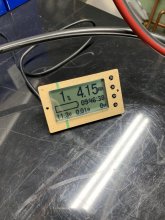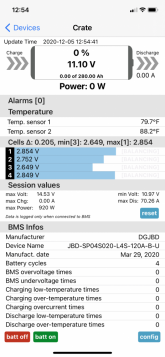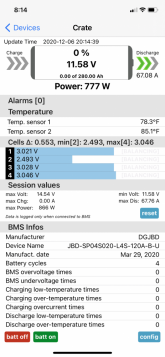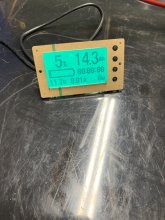Please review the above screenshot, in this case this has nothing to do with the term nominal. Minimum capacity is defined in the datasheetStatements that I've missed out on the nuances of what nominal means in this context are beside the point entirely and another discussion altogether.
I fully share your feelings that resellers should be held to a higher standard than they currently are, and when they misrepresent things it should not be accepted or excused. At the same time, if you are unwilling to review a datasheet, and do some limited amount of due diligence and research, I feel that buying from the grey market and building your own battery may not be the best path for you. Its a fraught market, and there is a lot of minor and sometimes major misrepresentation and lack of transparency. It definitely requires doing research and reading datasheets and doing your own due diligence. And even at the end of that process, there is still uncertainty, risk, and you only have maybe half the info you need to make an informed purchase. Its a very different experience than even buying from some other large marketplace like Amazon.
The information on the datasheet comes from the manufacturer, it can be trusted to a much higher degree than anything the reseller claims. Though a datasheet represents what a product should be not necessarily what it is, and that is especially true of grey market cells.
Another thing to be aware of is a raw cell is not a retail product, and these resellers are not exactly 'consumer facing' businesses. Cells are a component, you will find that when you buy high or low quality components, from eastern or western sellers, its a normal part of the buying/selling process to review the datasheet. This is normal, not an exception to the rule. Datasheets are very very valuable in making informed purchases and design decisions. Not something to be avoided.
280AHit's about arriving at an agreed upon definition that meets the requirements of what is specifically being discussed: minimum rated capacity.
Reaching agreement with fellow humans on just about anything can be frustrating as hell! Humor helps!
Last edited:







